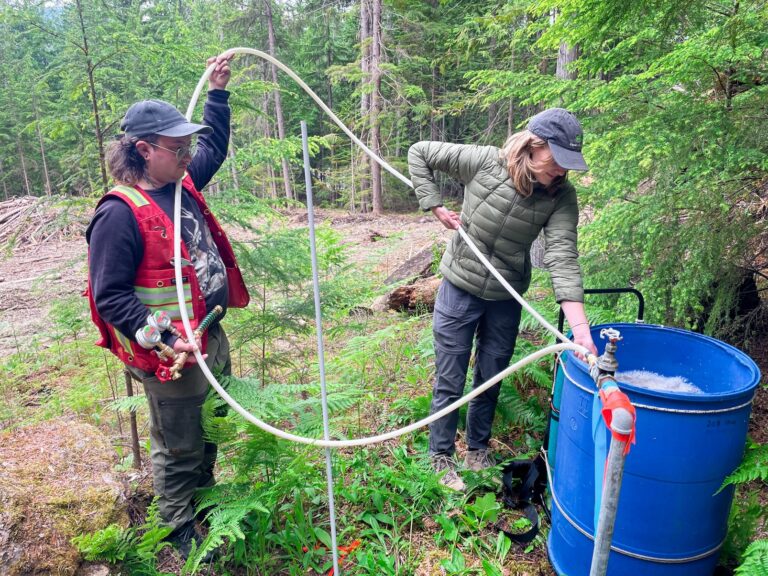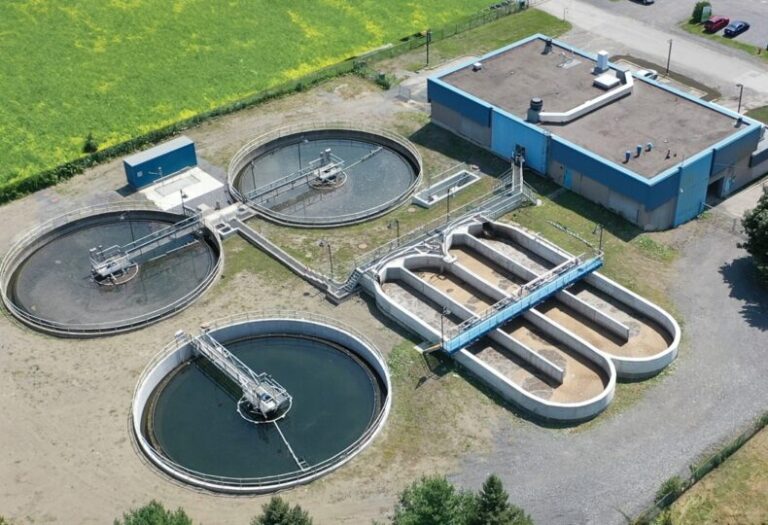The Manitoba government has announced the establishment of formal nutrient targets aimed at safeguarding the province’s lakes and rivers, marking a significant milestone in water quality protection. Environment and Climate Change Minister Tracy Schmidt introduced the new regulation under the Water Protection Act, which includes Lake Winnipeg and key rivers such as the Red, Winnipeg, Saskatchewan, and Dauphin.
“This is a major step forward in water quality protection for Manitobans,” Schmidt said. “Setting nutrient reduction targets is essential for preserving our waterways for future generations.”
The Nutrient Targets Regulation commits Manitoba to regular progress reports on efforts to reduce nutrient levels in these water bodies. By providing measurable benchmarks, the province aims to drive tangible improvements in water quality.
In recent years, Lake Winnipeg and its tributaries have seen increased levels of nitrogen and phosphorus, contributing to more frequent and severe algal blooms. These blooms pose significant economic, health, and environmental risks, contaminating beaches, reducing water quality, and affecting communities and industries dependent on these water bodies.
Ted Preister, executive director of the Red River Basin Commission, praised the regulation as a crucial step in uniting Manitobans to address the threats to their waters. “Provincial leadership in setting these goals is a major driver in promoting further action throughout the basin,” Preister said.
Rick Préjet, chair of Manitoba Pork, emphasized the agricultural sector’s commitment to environmental protection, noting that reliable data on nutrient levels will help guide future efforts. “Farmers, including those in Manitoba’s hog sector, are taking significant steps to address environmental challenges and protect our lakes and waterways,” Préjet said.
The new regulation represents a coordinated effort to protect Manitoba’s waterways from further degradation and to ensure their sustainability for future generations.









